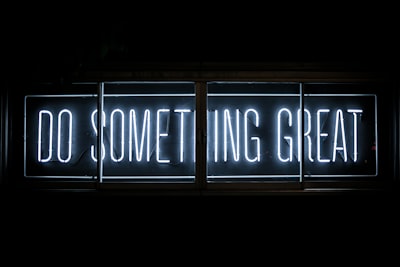This has always been a pain new startups founders face; to decide to hire their own teams or outsource and if to outsource, the question becomes to whom? A freelancer or a company?
Though common wisdom says you must have a technical co-founder from the get go, the reality in finding someone you can trust enough to embark on this journey with, is a different story.
Assuming the founder has no technical co-founder to guide them through the decision making process, the amount of funding they have becomes the deciding factor.
Although I am a founding partner at a product development company, I still face that dilemma when I have an idea I want to pursue, can I invest in this in-house or should I find freelancers to do it and keep the cost at a minimum? Due to my technical know how, I personally can make that decision since I can wear both the CTO and CEO hats. But what about you?
The obvious advantage of outsourcing to reputable companies is continuity and professional quality deliverables which with future funding -you will hopefully get- would be able to build on and not throw out as in the case of working with freelance developers. Add to that, although there is local/regional/global professional freelance designers out there, your ability to find the same quality in freelance developers is much more difficult. At the end you need to work with what you have, then see if there is a chance you can execute a good-enough launch that gets you the traction needed for further funding opportunities.
In this post, I will attempt to guide you through the decision making process as a fellow founder of tech startups .
First, we have to agree that any new startup product development efforts has the following 7 components or activities that are important to your success:
- Visual identity design (Branding)
- MVP user experience design (UX)
- MVP user interface design (UI)
- MVP Web/Mobile apps technical development
- Marketing & Advertising
- Customer Service & Operations
- Business management, planning & fundraising
With the funds you currently have, you can’t spend everything on the technical part of the product development, a mistake many of us have done and many still do. Though the design & development part takes a big chunk, you can’t just ignore the other key parts as you might end up having a nice looking “shell” you can’t market nor operate!
In the following diagram I layout the choices possible with different funding amounts you might have for the first 4 components taking into mind that the cost should not exceed 50% — 60% of the total funding available to you.

The above is of course, a subjective guide from my own experience as a tech entrepreneur in the Jordanian market. (And no that doesn’t reflect our pricing @SpringWeb ;-)).
Drop me a comment if you find the guide useful or even if you have a critical point to share on the assessment. We all need to learn together 🙂
Happy starting-up!
This story was first published @Springing Forward





